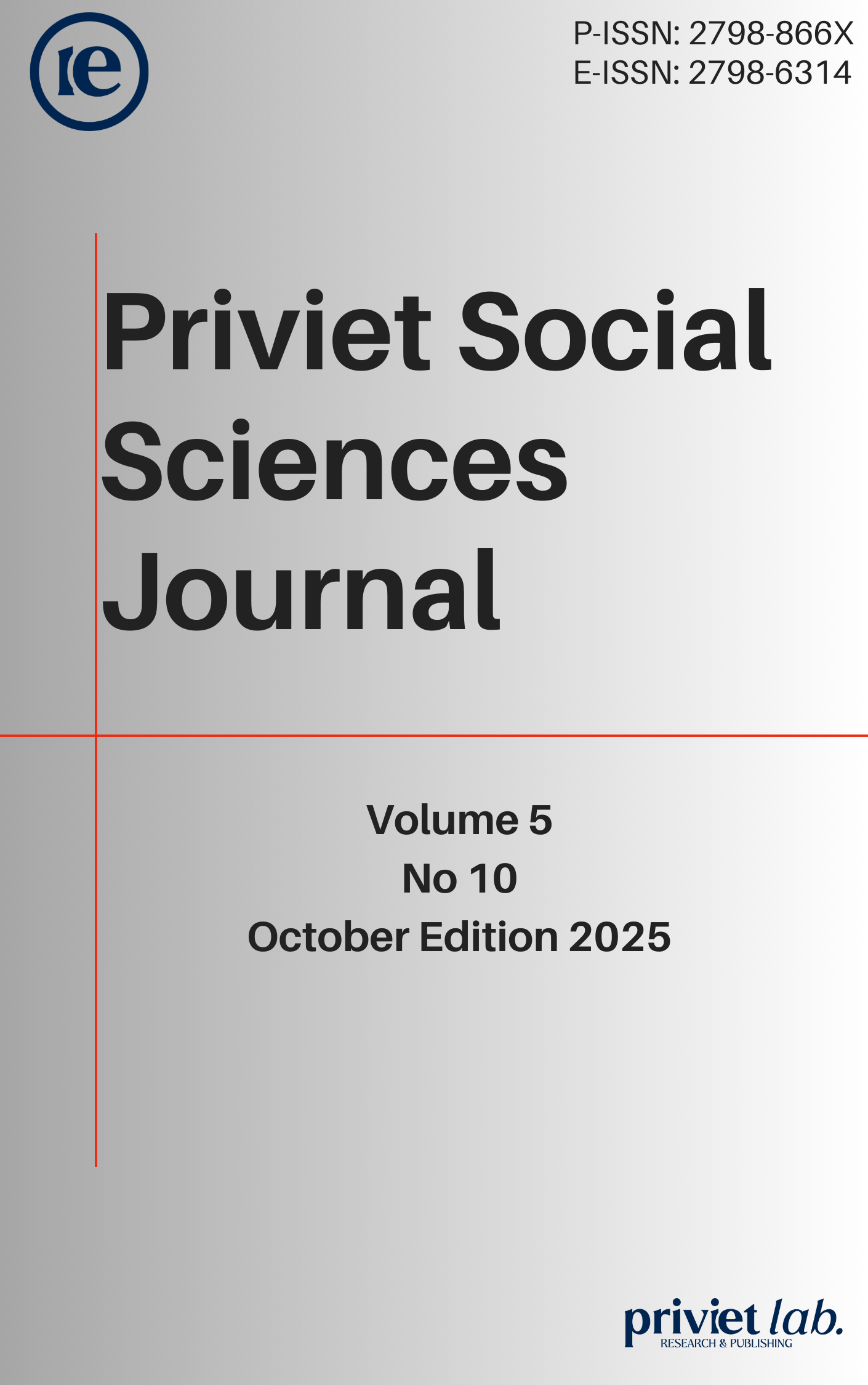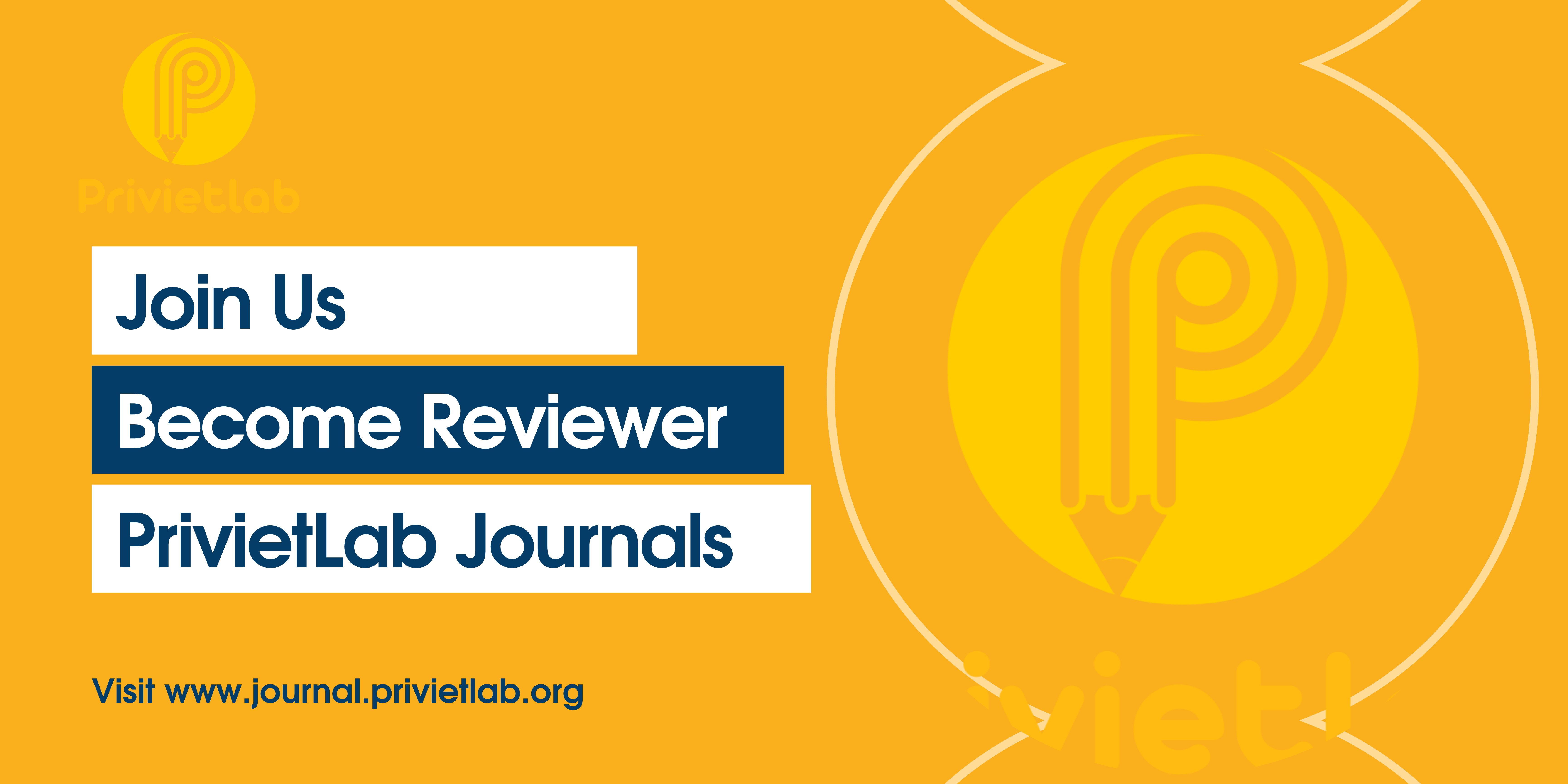Leveraging new media for the branding of pinge tourism village
DOI:
https://doi.org/10.55942/pssj.v5i10.656Keywords:
new media, tourism village, branding, social media, BaliAbstract
New media is common in the digital era. New media is media that is connected to the internet, allowing it to be accessed by the wider community anywhere and anytime. Some of the new media familiar to mass media are social media and websites. The use of new media can be utilized if people want to know about certain brands, products or services. Through new media, users can actively participate openly and interactively to convey, receive, and discuss new ideas as a basis for making better business decisions. The use of new media can be applied in forming a Tourism Village brand. This research focuses on how to use new media to establish the brand of Pinge Tourism Village, Tabanan Regency, Bali. Data were collected from interviews with the management of the Pinge Tourism Village, analysis of social media and the Pinge Tourism Village website, and direct observation at the research location. The method used is a qualitative research approach that explores how the Pinge Tourism Village brand was formed through new media. The results show that Pinge Tourism Village utilizes social media using the main features of Facebook and is in accordance with the branding concept. They also use websites for branding.
References
Ariyadi, G., & Lestari, P. (2023). Digital marketing and spiritual tourism development in Bali. Jurnal Ilmu Komunikasi, 21(2), 145–160.
Arianto, A., Putra, I. M., & Widnyana, I. K. (2022). The Effectiveness of Bali Tourism Promotion Throughout Digital Marketing Videos. International Journal of Social Sciences, 1(5), 553–562. https://doi.org/10.53625/ijss.v1i5.1294
Aw, S., Agustinova, D. E., Fitriana, K. N., Arif, N., & Wulansari, N. L. T. (202?–2025?). E-tourism: A communication strategy of Yogyakarta’s tourism potential marketing in Industrial Revolution 4.0 era. https://doi.org/10.21831/informasi.v53i2.54019
Diamond, S. (2015). The Visual Marketing Revolution. Jakarta: Serambi Ilmu Semesta.
Dizard, W. (1997). Old Media/ Media: Mass Communications In The Information Age. Boston: Allyn and Bacon.
Gunawan, I. (2014). Metode Penelitian Kualitatif: Teori dan Praktik. Jakarta: Bumi Aksara.
Kriyantono, R. (2010). Teknik Praktis. Riset Komunikasi. Jakarta: Prenada Media Group.
Liliweri, A. (2015). Komunikasi Antar-Personal. Jakarta: Kencana. Prenadamedia Group.
Lister, M., Dovey, J., Giddings, S., Grant, I., & Kelly, K. (2009). New Media: a critical introduction. New York: Routledge. https://www.taylorfrancis.com/books/mono/10.4324/9780203884829/new-media-jon-dovey-seth-giddings-iain-grant-kieran-kelly-martin-lister
Mayfield, A. (2008). What Is Social Media? United Kingdom: iCrossing.
Nurrachmah, S. (2025). Gen Z’s self-expression and digital identity strategies on social media X: A quantitative study of communication styles and audience engagement. Jurnal Multidisiplin Indonesia, 4(7). https://doi.org/10.58344/jmi.v4i7.2411
Raco, J. R. (2010). Metode Penelitian Kualitatif. Jenis, Karakteristik, dan Keunggulannya. Jakarta: PT. Grasindo.
Ronchi, A. M. (2009). eCulture. Cultural Content in the Digital Age. Berlin: Springer. https://link.springer.com/content/pdf/10.1007/978-3-540-75276-9_8.pdf
Sugiyono. (2014). Memahami Penelitian Kualitatif. Bandung: Alfabeta.
Susanti, P. H., Rahmawati, R., Amir, F. L., & Febianti, F. (2024). Innovation in Bali tourism destination marketing: Utilization of digital technology and social media in Bali, focusing on Badung Regency. International Journal of Community Service (IJCS), 3(1), 77–87. https://doi.org/10.55299/ijcs.v3i1.819
Sutopo, H. B. (2006). Metodologi Penelitian Kualitatif. Surakarta: UNS Press.
Downloads
Published
How to Cite
Issue
Section
License
Copyright (c) 2025 Mira Adita Widianti, Ridhwan Sepriandana

This work is licensed under a Creative Commons Attribution 4.0 International License.

















